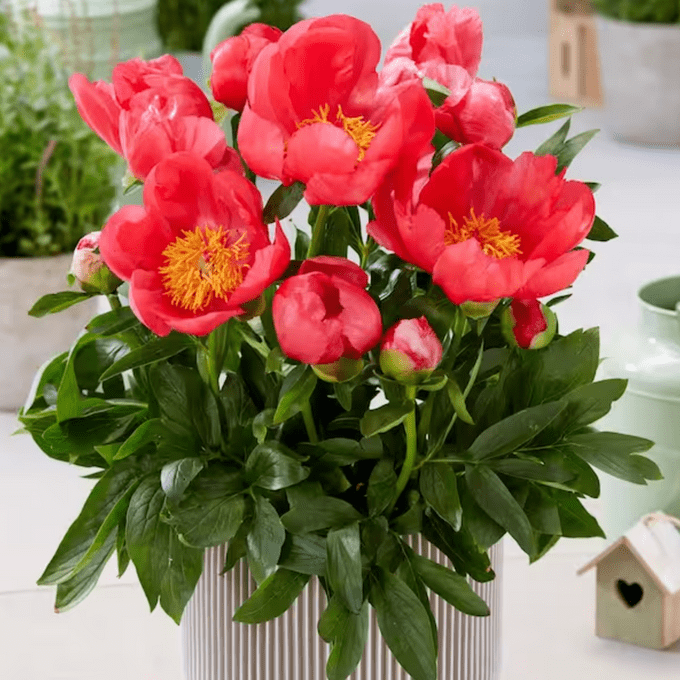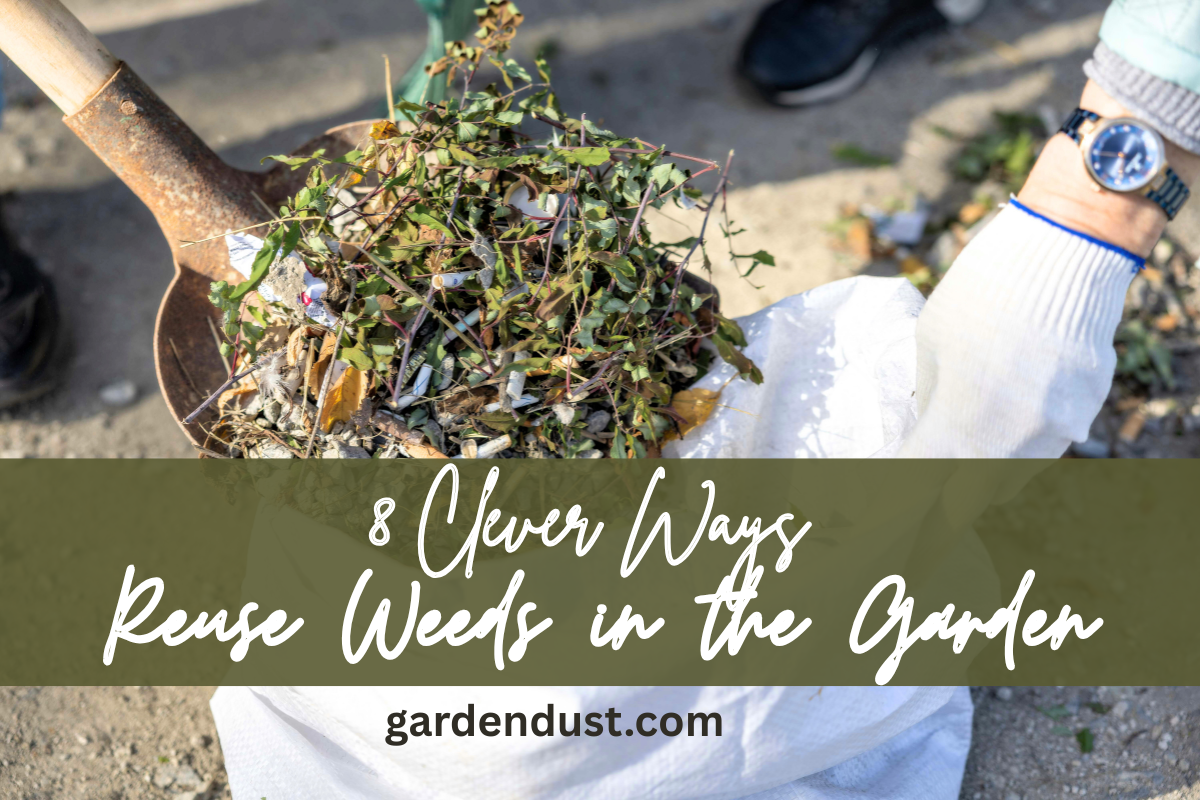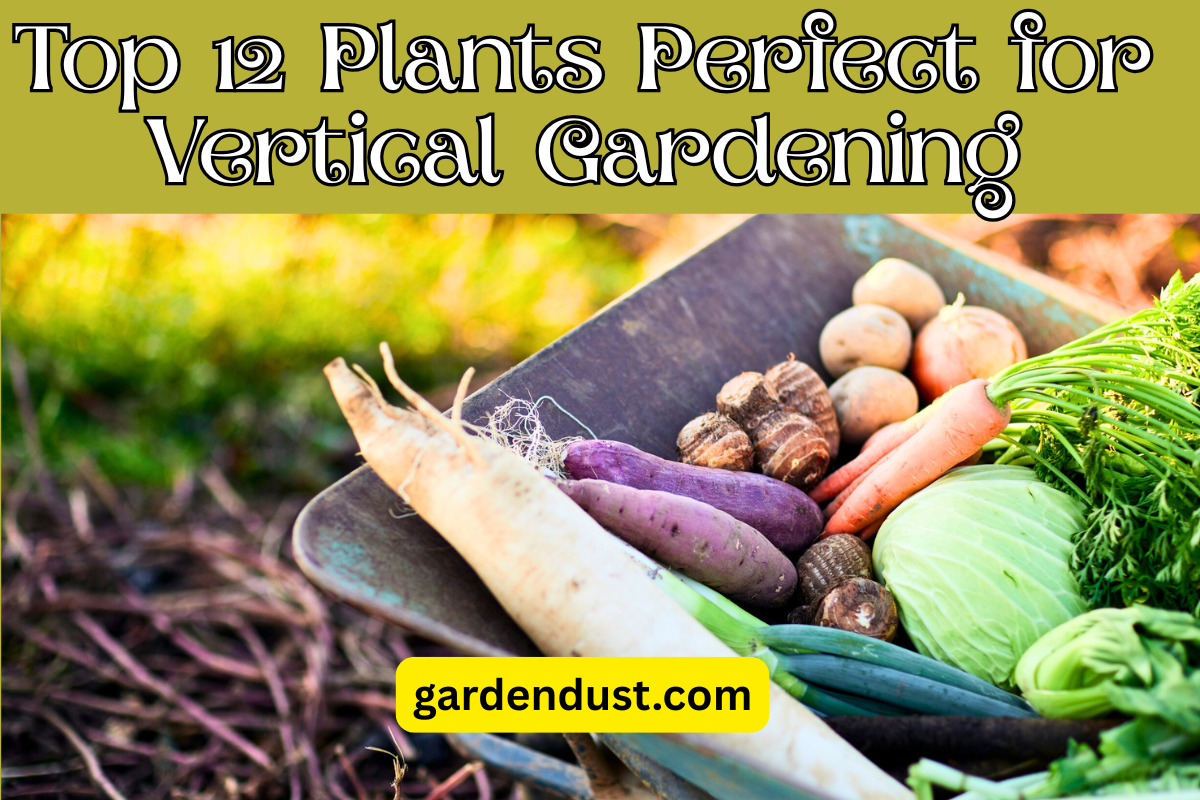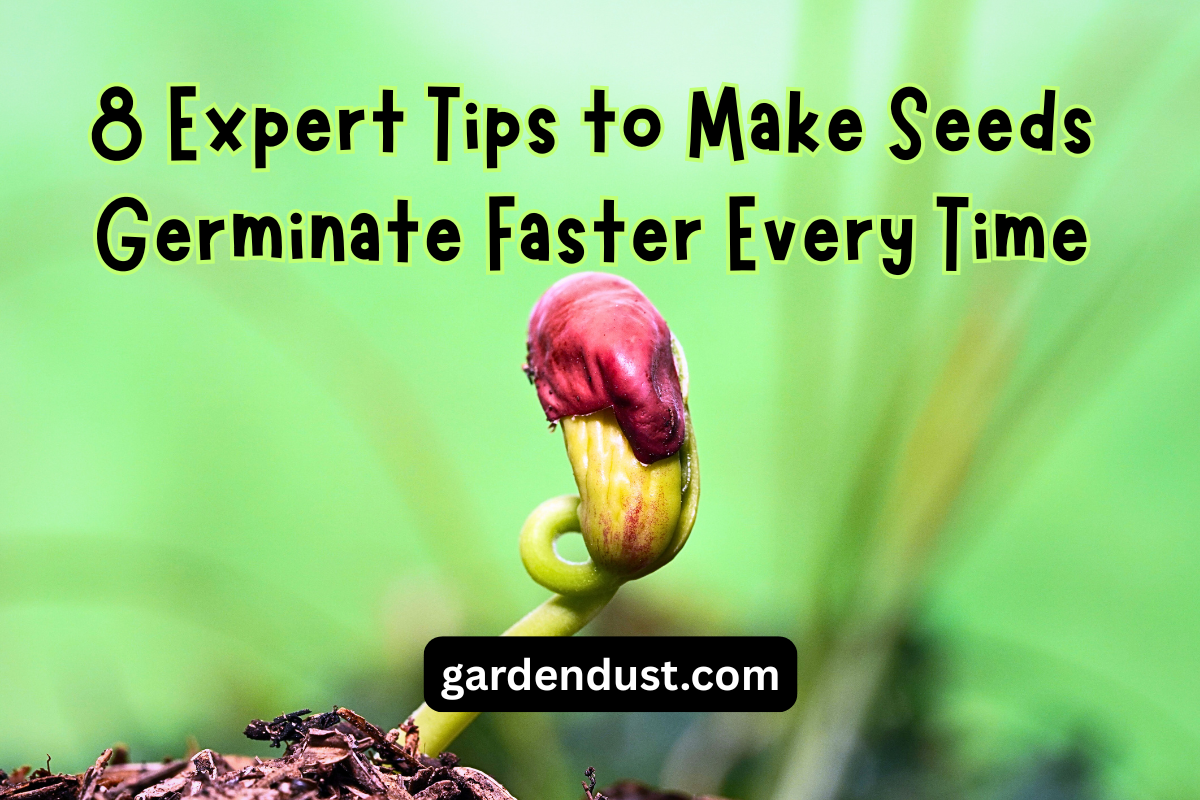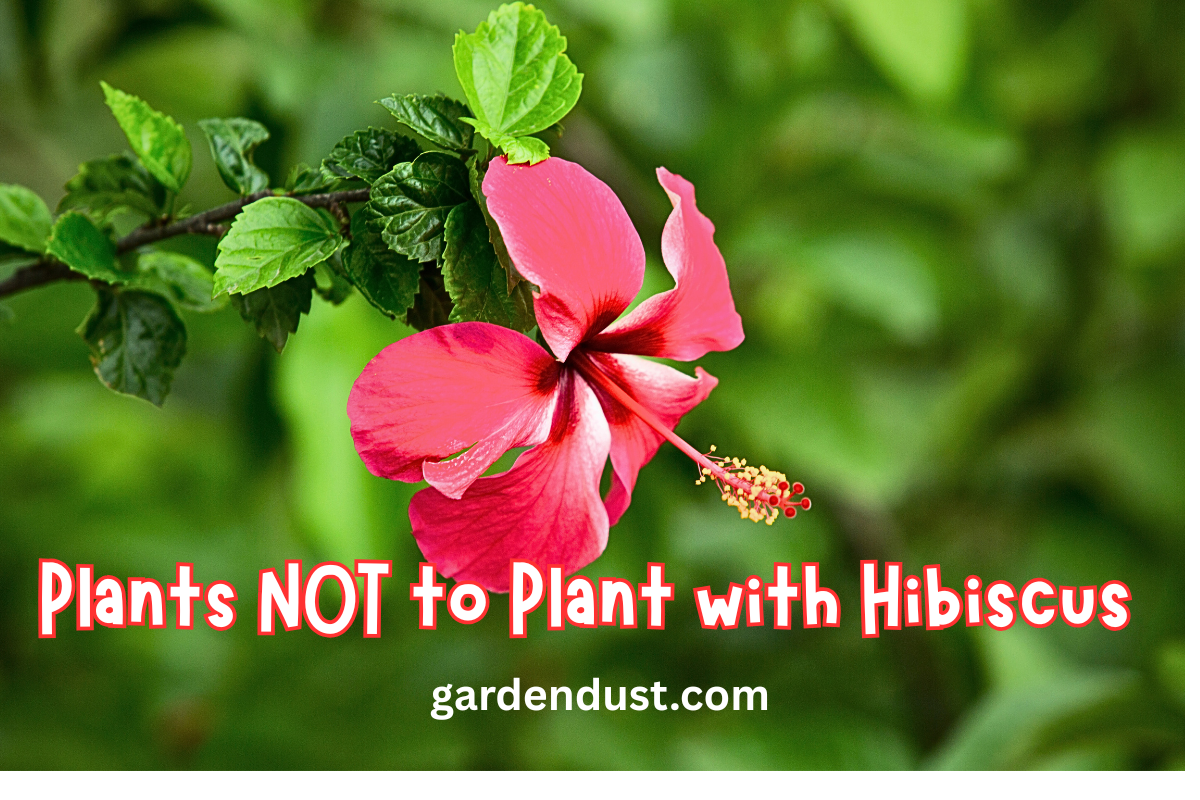How To Grow Peonies In Pots: A Complete Guide
Peonies are beloved for their spectacular blooms and enchanting fragrance. While traditionally grown in garden beds, these stunning perennials can thrive in containers with the right care. Whether you have limited garden space or simply want to enjoy these magnificent flowers on your patio or deck, growing peonies in pots is entirely possible with the proper techniques.
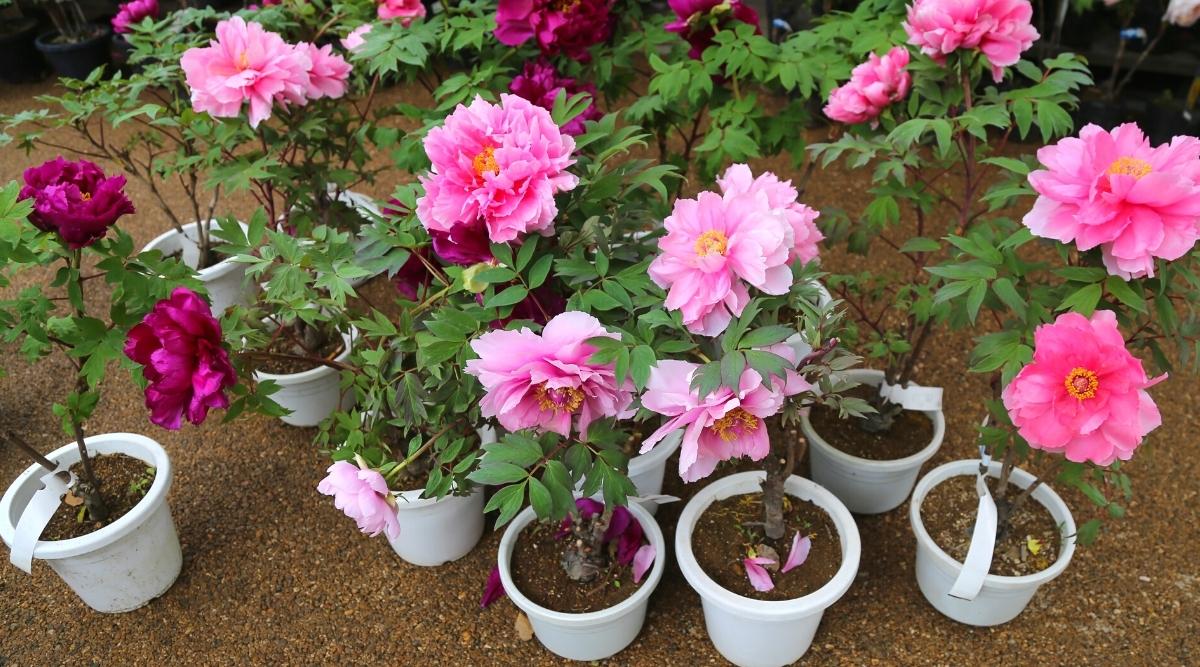
Choosing the Right Container
The success of your potted peonies begins with selecting an appropriate container:
- Size matters: Choose a pot that is at least 20 inches (50 cm) wide and deep. Peonies develop extensive root systems with deep tap roots that need ample space.
- Material considerations: Avoid terracotta pots as they dry out too quickly. Plastic, fiberglass, or half whiskey barrel planters are excellent choices.
- Drainage is essential: Ensure your container has adequate drainage holes. Peony tubers will rot if left sitting in soggy soil.
- Stability: Select a heavy or wide-based container to prevent toppling when the plant becomes top-heavy with blooms.
“Put them into a nice big pot right from the start. Choose one that’s at least 20 inches wide and deep, and avoid terracotta as it can dry out too quickly,” advises gardening experts at Birds & Blooms. Birds & Blooms
Selecting the Best Soil
Creating the ideal growing medium is crucial for container-grown peonies:
- Use a high-quality potting mix that provides good drainage.
- Peonies prefer slightly acidic to neutral soil (pH 6.5-7.0).
- Add compost to enrich the potting mix and provide slow-release nutrients.
- Consider incorporating some perlite or coarse sand to improve drainage.
“Peonies like nice light free draining soil. Starting them off in potting soil will allow water to drain away from the roots of the peony,” notes Epic Gardening. In the fall, experts recommend adding a layer of compost on top so nutrients can seep down to the roots with spring rain. Epic Gardening
Best Peony Varieties for Containers
While most peonies can grow in containers, some varieties are more suitable due to their size and growth habits:
Recommended Container Varieties:
- ‘Oslo’ – Compact with strong stems that support upright double flowers
- ‘Dublin’ – Well-suited for container growth
- ‘Bartzella’ – A popular Itoh hybrid with yellow blooms
- ‘Kiev’ – Compact and container-friendly
- ‘Border Charm’ – Grows well in pots
- ‘Magical Mystery Tour’ – Suitable for container cultivation
“These smaller, sturdier peony varieties can make terrific container plants,” according to container gardening experts. Birds & Blooms
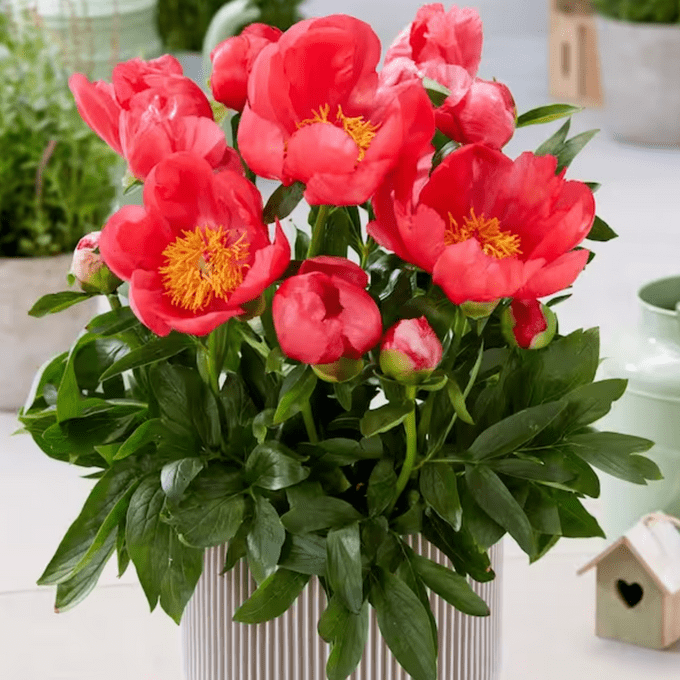
Planting Peonies in Pots
Proper planting is critical for success with container peonies:
When to Plant
- Fall is the ideal time to plant bare-root peonies in containers.
- Spring is acceptable for container-grown nursery plants.
Planting Depth
- Plant bare-root peonies with the “eyes” (growth buds) facing up.
- Cover the eyes with only 1-2 inches of soil. Planting too deep will prevent flowering.
- For potted nursery plants, ensure the crown is level with or just slightly below the soil surface.
Steps for Planting:
- Fill the container about halfway with potting mix.
- Position the peony plant or bare root in the center of the pot.
- Add soil around the roots, ensuring proper planting depth.
- Water thoroughly but gently after planting.
- Add a thin layer of mulch on top to retain moisture.
“Take care to plant your peonies at the proper depth; planting them too deep can reduce flowering. If you’re planting a bare root tuber, position it with the eyes facing up, and bury it no deeper than 2 inches or so,” advises peony experts. Groot & Groot
Finding the Perfect Location
Placing your container in the right location will significantly impact flowering success:
- Sunlight requirements: Peonies need at least 6 hours of direct sunlight daily to bloom well.
- Some afternoon shade is beneficial in hotter climates as it can extend bloom life.
- Protection: Shelter containers from strong winds and heavy rains that can damage stems and blooms.
- Accessibility: Place containers where you can easily enjoy their beauty and fragrance.
“It’s important that the peonies have at least 6 hours of sunlight a day. A little afternoon shade is good and can extend the life of your blooms. Besides, you should protect your plants from high winds and heavy rain,” recommends Joost Groot, a peony cultivation expert. Groot & Groot
Watering Potted Peonies
The watering needs of container peonies differ from those planted in the ground:
- Container peonies dry out faster and require more frequent watering.
- Check soil moisture every few days during the growing season.
- Water when the top 2 inches of soil feel dry.
- Water thoroughly until excess runs out the drainage holes.
- Reduce watering in fall as plants enter dormancy.
- Avoid overwatering which can lead to root rot.
“Peonies in pots dry out faster than ground-planted peonies. Check the soil every few days and when the top couple of inches are dry, then water them until excess runs out of the bottom of the pot,” explains container gardening specialists. Groot & Groot

Supporting Your Potted Peonies
Many peony varieties produce large, heavy blooms that require support:
- Install supports early in the season before plants grow tall.
- Tomato cages work well for container peonies.
- Two-hoop plant supports can be effective and less visible.
- Place supports when planting or as soon as shoots emerge in spring.
“Many peonies require support for their heavy flower heads. Tomato-cage supports can be ideal in pots. Add them when you plant, so your peonies will fill in and hide them over time,” advises gardening experts. Birds & Blooms
Feeding Your Container Peonies
Container peonies need proper nutrition to thrive:
- In fall, top-dress the soil with compost, worm castings, or aged manure.
- In spring, apply a balanced, slow-release fertilizer (e.g., 10-10-10).
- Avoid high-nitrogen fertilizers which promote foliage at the expense of flowers.
- Feed again after flowering to support root and plant development.
“I tend not to fertilize my perennials. Instead I top dress my soil with compost in the fall. You can use compost, sea soil, worm castings, or aged manure,” suggests container gardening experts at Epic Gardening. Epic Gardening
Seasonal Care Through the Year
Spring
- Remove winter protection as temperatures warm.
- Watch for red shoots emerging from the soil.
- Apply fertilizer as growth begins.
- Install plant supports if needed.
- Monitor for pests and diseases.
Summer
- Enjoy the blooms!
- Deadhead spent flowers by cutting stems back to a strong leaf.
- Continue regular watering.
- Protect from extreme heat if necessary.
Fall
- Cut foliage back to ground level after it turns yellow.
- Top-dress with compost.
- Reduce watering as plants enter dormancy.
- Prepare for winter protection.
Winter
- Move containers to a sheltered location (unheated garage or shed).
- In zones 3-5, provide extra protection by:
- Wrapping pots with bubble wrap or burlap
- Applying a thick layer of mulch over the soil
- Sinking the entire pot into the ground for winter
- Placing pots close together against a protected wall
“Cut the foliage back to the base in late fall, when leaves begin to yellow and drop off. Removing all the foliage from the pot can help prevent peony wilt disease. Add a heavy layer of mulch overtop, and move the pot to a sheltered area (a garage or potting shed is ideal) until warm weather returns,” recommends container gardening specialists. Birds & Blooms
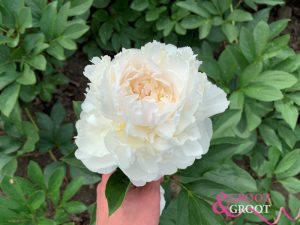
Overwintering Potted Peonies
Proper winter protection is crucial for container peonies, especially in colder climates:
For Zones 6-8:
- Apply a thick layer of mulch (4-6 inches) over the soil surface.
- Move containers to a protected area against a house wall.
For Zones 3-5:
- Sink the entire pot into the ground and cover with mulch.
- Alternatively, move to an unheated garage or shed.
- Wrap pots with insulating materials like bubble wrap or burlap.
- Check moisture occasionally during winter; soil should be slightly damp.
“Peonies in pots are less protected from the winter cold than peonies in the ground. You should cut the foliage back to the base in late fall when leaves begin to drop off. This can help to prevent peony diseases. Besides, you can add a heavy layer of mulch overtop and move the pot to an indoor area (for example, a garage) until warm weather returns,” advises Joost Groot. Groot & Groot
Common Problems and Solutions
Peony Doesn’t Bloom
- Cause: Planted too deeply, insufficient sunlight, or too much nitrogen fertilizer.
- Solution: Ensure proper planting depth, provide adequate sunlight, and use balanced fertilizer.
Wilting or Yellowing Foliage
- Cause: Overwatering or poor drainage leading to root rot.
- Solution: Improve drainage, reduce watering, or repot in fresh soil.
Powdery Mildew
- Cause: Poor air circulation, humid conditions.
- Solution: Improve air flow around plants, avoid wetting foliage, apply fungicide if necessary.
Ants on Buds
- Cause: Natural nectar production by peony buds.
- Solution: No action needed—ants are harmless and may even help protect buds from other pests.
Creative Container Arrangements
Peonies can be spectacular standalone container plants, or you can combine them with complementary plants:
As Solo Stars:
- Plant a single peony in a decorative container as a focal point.
- Group several individual peony containers of different varieties for an impressive display.
Companion Planting Ideas:
- Underplant with spring bulbs like muscari or small tulips.
- Add summer annuals like geraniums or petunias after peonies bloom.
- Combine with ornamental grasses for textural contrast.
“Create a perennial garden in a very large container. Use delphinium in the back and a peony in the front. Finish it off with a creeping ground cover such as sweet woodruff or wooly thyme,” suggests container gardening specialists. Epic Gardening

Long-Term Container Maintenance
For peonies to thrive in containers over many years:
- Refresh the top few inches of soil annually with fresh potting mix.
- Every 2-3 years, carefully lift the plant and repot with fresh soil.
- Avoid disturbing the roots excessively during repotting.
- Divide only when absolutely necessary (peonies prefer to remain undisturbed).
- Increase container size as the plant matures if needed.
Conclusion
Growing peonies in containers requires some special considerations, but the rewards are well worth the effort. With the right pot, soil, location, and care, you can enjoy these magnificent blooms on your patio, deck, or balcony for many years to come. Their spectacular flowers, lovely fragrance, and attractive foliage make peonies an excellent choice for container gardening, bringing elegance and classic beauty to any outdoor space.
By following this comprehensive guide, you’ll be well on your way to successfully growing peonies in pots and enjoying their spectacular blooms season after season. Whether you have limited garden space or simply want to bring these magnificent flowers closer to your living areas, container-grown peonies can be a stunning addition to your outdoor environment. Happy Gardening….

